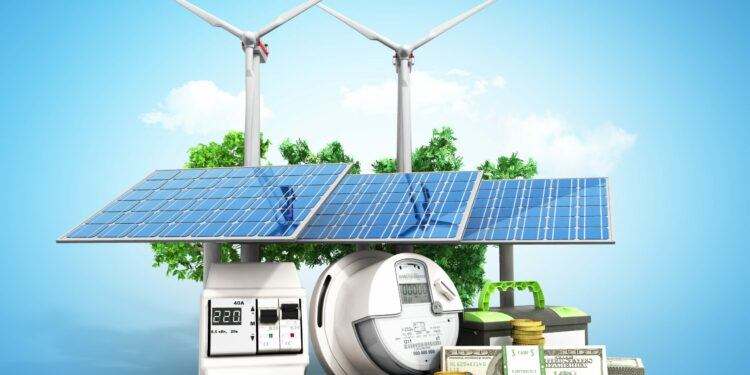As the world deals with climate change, we will see continued advances in batteries, as well as innovations in nuclear power and green hydrogen.
Energy demand will continue to grow with population and economic activity and in fossil fuel energy production system, this will lead to even more warming of the carbon planet emission. In 2021, carbon dioxide emissions increased again down 5.4 percent in 2020 due to a slowdown in the year business operations and traffic as a result pandemic. Only in the USA was there an estimated increase 6 percent, based on data from US Energy Information administration and a further increase of 2 percent is expected
in 2022.
Stop this uptrend from reaching record highs again, as in 2019, the global decarbonisation effort are underway. They are not on the production and power generation side limited to delayed restarts of solar and wind farm projects pandemic and building more renewable energy capacity by adding more such devices. Nuclear energy is also used. Although controversial and not falling into the category of renewable sources, nuclear has zero direct carbon emissions. In fact, it is the second largest in the world source of low-carbon energy, according to International Energy Agency.
Carbon neutralization technologies are another. “Carbon capture is a suite of technologies used to decarbonize emission-producing and industrial energy sources processes such as steelmaking where electrification has its limits,” states the international think tank Global CCS Institute. “This in turn can reduce life cycle carbon footprint of solar and wind energy.”




